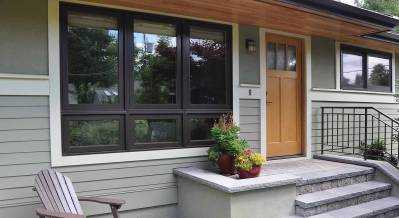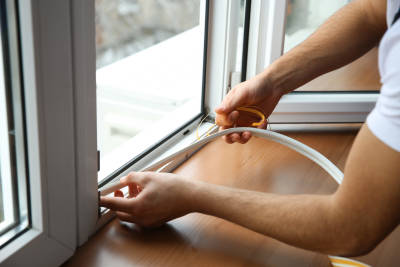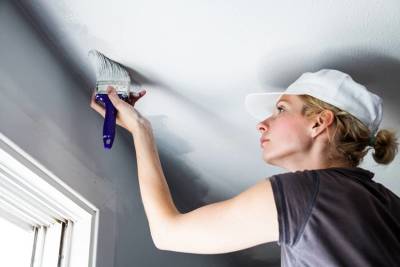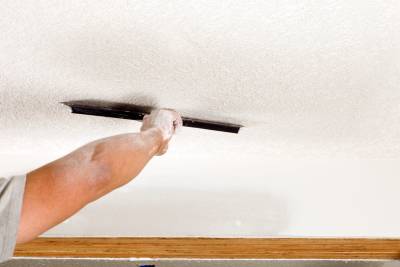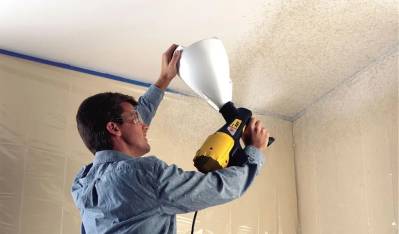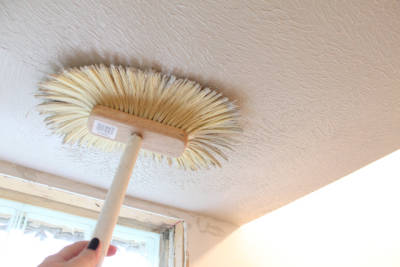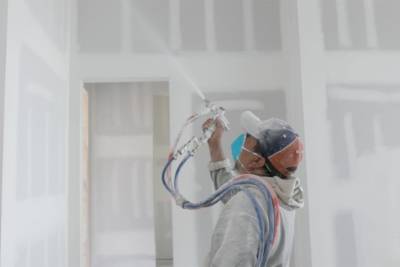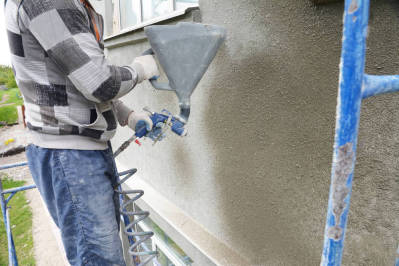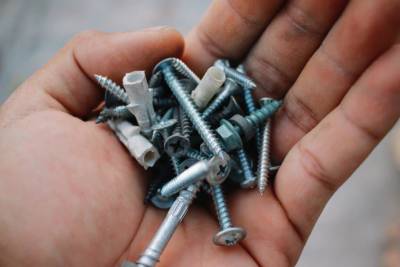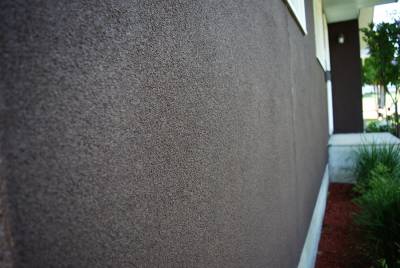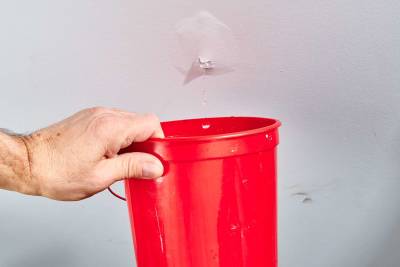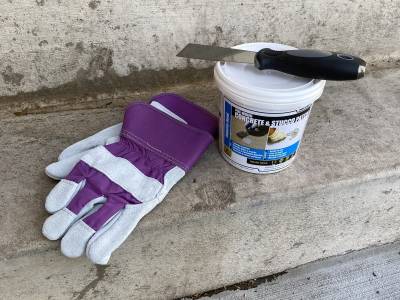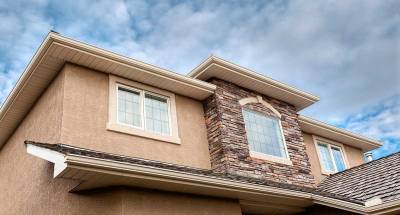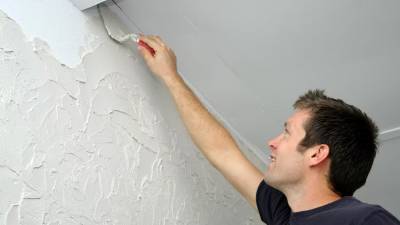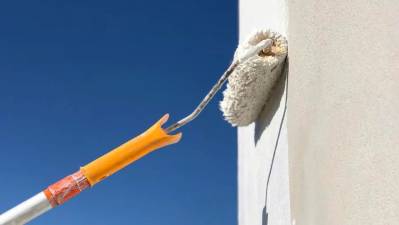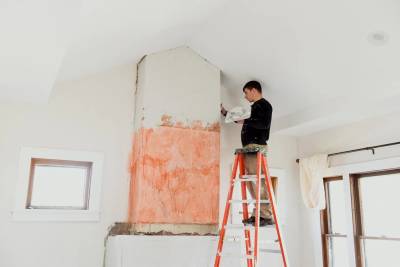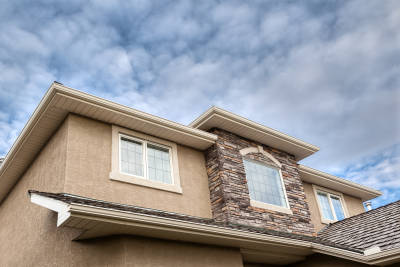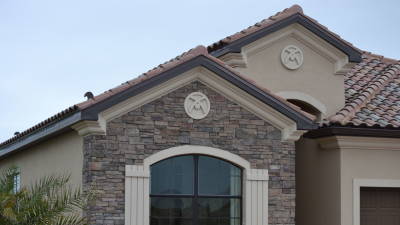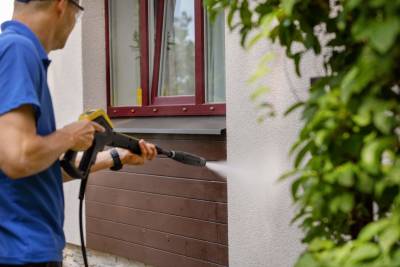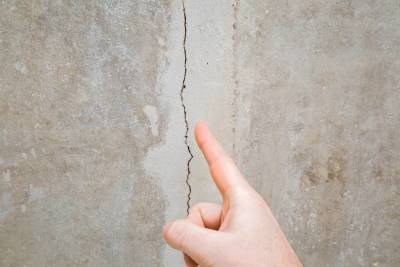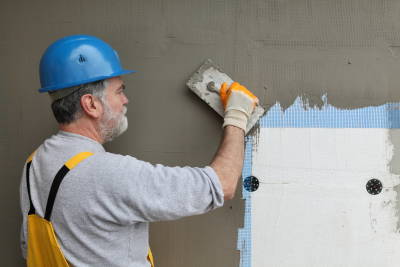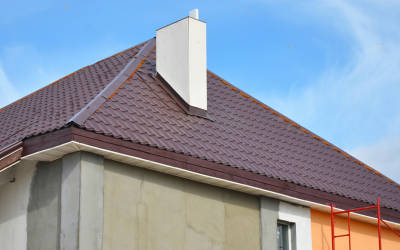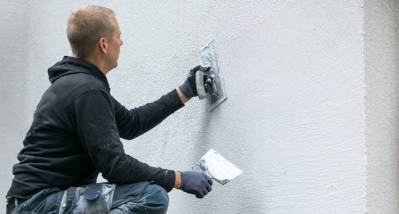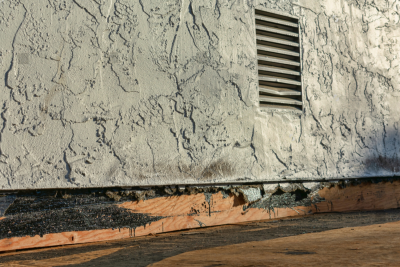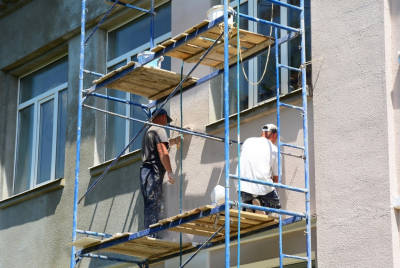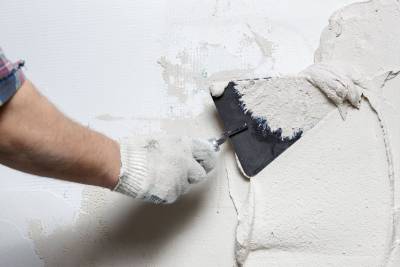If you own a house with stucco exterior, dealing with cracks or holes might become part of your maintenance task list. A stucco patch is a minute show-stopper for these sudden setbacks which can restore your home's facades to its original, flawless state. Stucco patching is essential for retaining the structural solidity of your household and the aesthetic appeal that your household revels in. This article will discuss all you need to know about a stucco patch, various stucco patch products, and tips to effectively apply these patches.
An Introduction to Stucco Patch
A stucco patch is a mixture typically made from water, cement, and sand or lime. This paste becomes hard when it dries, making it a perfect material to cover up cracks or gaps in your stucco walls. These patching materials are easy to mix and apply, making them a favorite among homeowners and professional contractors. Not to mention, these patches come in varieties that allow it to integrate seamlessly with existing stucco, offering a flawless finished appearance.
Varieties of Stucco Patches
Stucco patches come in varied forms, customized to suit your need. Here are some of the different types of stucco patches:
- Traditional Stucco Patch: This is a blend of cement, sand, and lime. Some products might include additional fibers for added strength.
- Synthetic Stucco Patch: This includes acrylic-based products that offer flexibility, reducing the chances of subsequent cracks.
- Lightweight Stucco Patch: These are easy to apply and offer a convenient cleanup process. They are made using lightweight aggregates, reducing the weight of the product.
Importance of Stucco Patching
Damage to your stucco can cause a series of problems which can be effectively dodged through planned and timely stucco patching. Not only does it restrict water seepage into the walls, possibly causing structural damage, but also helps in keeping up the aesthetic charm of your house. Hence, whether for preventive measures or to rectify existing damages, it holds a great deal of importance.
Steps to Apply a Stucco Patch
Applying a stucco patch may seem challenging at first. However, with proper guidance and practice, you should be able to mend your walls in no time. Here’s a step-by-step guide to applying a stucco patch:
- Start by cleaning the damaged area to ensure that the patch adheres properly.
- Prepare your stucco patch mixture as per the instructions on the package.
- Apply the patch onto the crack or hole with a trowel, making sure to push the patch into the area to fill any gaps.
- After applying the patch, make sure to smooth down the surface with your trowel, ensuring it’s even, before it begins to dry.
- Depending upon the product, some might require a final coloring coat to match your existing stucco color.
Tips for Successful Stucco Patching
While the process might seem straightforward, the devil is in the details. Here are some tips to ensure a successful stucco patch process:
- Ensure that the stucco is dry before applying a patch. Moisture can hinder the adhesion process causing an imperfect bond.
- Trying to apply too much patch at once can make the application challenging. Small amounts should be used to ensure a smooth application.
- While drying, it’s crucial to keep the repaired area damp. Rapid drying can cause cracks, thus defeating the purpose of the repair.
- Plan your repair in mild weather. Excessive heat can cause the patch to dry too quickly, leading to cracks, whereas freezing conditions can hinder curing.
In conclusion, stucco patching is an effective way of maintaining the structural integrity and the visual charm of your buildings with stucco exteriors. With the right tools, products, and techniques, you can protect your house from water and structural damage, ensuring a beautiful facade for years to come.
Frequently Asked Questions About Stucco Patch
What is the main use of stucco patch?
Stucco patch is primarily used for minor repairs and maintenance of stucco walls and structures. It's perfect for filling in cracks, gaps, and holes in stucco surfaces to give your walls a more polished and smooth appearance.
How do you prepare the surface before applying stucco patch?
Before applying stucco patch, you need to clean the area thoroughly. Remove any loose stucco, dirt, or debris. If there are larger cracks, you might want to widen them slightly to ensure that the patch will bond thoroughly. The surface should be moist but not excessively wet when you apply the patch.
Can I use stucco patch on wood or drywall?
Stucco patch is designed for use on stucco surfaces, and it won't adhere correctly to wood or drywall. These materials require different types of patching compounds that are made specifically for those surfaces.
How do I mix stucco patch?
You can mix stucco patch according to the manufacturer's instructions. Generally, you should add the patch to the necessary amount of water until it reaches the consistency of a thick paste or putty. Mix it thoroughly to ensure it's free of lumps.
What tools might I need when applying stucco patch?
You'll need a few basic tools for applying stucco patch, including a hawk for holding the mixture, a trowel for applying the patch, and possibly a brush for texturing once the patch is applied. You may also need a mixing paddle and bucket for preparing the patch.
How long does it take for stucco patch to dry?
The drying time for stucco patch can vary depending on the thickness of the application, temperature, and humidity. Typically, a thin layer of patch may take a few hours to dry, while a thicker application could require 24 hours or more. It's always best to refer to the manufacturer's instructions.
Can stucco patch be painted?
Yes, you can paint over stucco patch once it has fully dried and cured. However, it's critical to use a high-quality primer first to ensure the paint adheres properly and looks smooth.
Is stucco patch weather-resistant?
Yes, once stucco patch has fully dried and cured, it is weather-resistant. However, like any exterior finish, it may eventually show signs of wear and tear due to extreme weather conditions or prolonged exposure to sunlight. Regular maintenance can help increase its longevity.
Can I do stucco patching on my own, or should I hire a professional?
Stucco patching can be a DIY project if the damage is minimal and you feel confident in your skills. However, for larger repairs or if you're not comfortable with the process, you may want to hire a professional. A professional will have the necessary experience and tools to ensure that the job is done correctly.
Understanding Stucco Patch: The Pros and Cons
The Pros of Using Stucco Patch
There are various beneficial aspects associated with employing stucco patches. Below, we will dive into these merits extensively to understand the appeal of stucco patching.
Durable and Long-lasting
The first and foremost advantage of stucco patch is its durability. Home Depot offers a wide variety of stucco patch products which are designed to withstand challenges like weather changes and impacts. This would, therefore, provide for the longevity of your walls and building as a whole.
- Ability to resist rot and mould
- Requires minimal upkeep
- Has a lifespan of up to 50 years or more if properly maintained
Aesthetically Pleasing
Stucco finishes gives a house a classic, unique, and artisan flair. Moreover, it can be manipulated to match various architectural styles and complement other exterior features.
- Offers a variety of finish options
- Can be shaped and textured
- Allows for addition of color pigments for a full-bodied look
Energy Efficient
Stucco patch material acts as a good insulator, keeping homes cool during summer and warm during winter. This quality can significantly reduce energy consumption, leading to cost-savings.
- Natural insulator
- Saves on energy costs
- Contributes to green building
Economical
Although the upfront cost of stucco might be higher than other siding options, its low maintenance requirement and long lifespan make it a cost-effective solution.
The Cons of Using Stucco Patch
Despite the many benefits, there are a few drawbacks to using stucco patches that need to be considered.
Susceptibility to Weather
Though stucco is durable, it tends to develop cracks due to constant weather changes. Moist climates, in particular, can cause stucco to absorb water and crack, if not properly applied and maintained.
- Moisture invasion can lead to serious structural issues
- Constant repair and replacement needs can be costly
Upfront Installation Costs
Compared to other exterior siding materials like vinyl, the initial cost of stucco patch might be higher. As per Lowes, installing stucco can be quite labor-intensive, further elevating its cost.
Limited to Certain Architectural Styles
Although stucco can be manipulated to match various styles, it’s mostly suited for Southwestern and Spanish Mission design. Thus, it might not blend well with the aesthetic feel that other architectural trends aim to achieve.
Stucco Patch Repair and Maintenance
Even the smallest of cracks or punctures in stucco need to be addressed immediately to prevent the situation from getting worse. Here are some stucco patch repair steps to guide you through the process.
- Remove loose stucco from the damaged area
- Apply a layer of stucco patch solution
- Smooth the patch with a trowel and match it to the surrounding stucco texture
- Allow stucco patch to cure as per the manufacturer's direction
By properly understanding the pros and cons of stucco patch, homeowners can make an informed decision to decide if it’s the right exterior option for their home.
Summary
Stucco patch is a really handy material when it comes to fixing cracks, holes and other imperfections on your stucco walls. It's widely available and super easy to use, even for someone without much DIY experience. By putting in a little effort, you can maintain the aesthetics and durability of your stucco surfaces with this simple tool.
The longevity of your beautiful stucco walls can be greatly enhanced by the use of stucco patch. It not only repairs the existing damage but also strengthens the spot from facing the same in future. Invest in a good quality stucco patch and keep your walls looking as good as new for years.
Doing regular assessments and addressing the need for repair with stucco patch is an effective way to keep your property in good shape. It does not require professional help and with a minimal investment, you can keep up the original rustic charm of your stucco walls while ignoring minor damages could lead to major ones. So why wait? Gear up and fix-it-yourself with stucco patch!
About Atlas Stucco
Welcoming you to Atlas Stucco, located in the vibrant city of Sacramento, CA! Rooted deeply in the construction industry, we're well-renowned for our exquisite stuccowork. Our dedicated team of craftsmen take pride in their ability to transform a basic structure into a beautiful one. We aim to provide the highest levels of quality, value and service to our esteemed clients. Whatever the size or nature of your project, we've got the expertise and passion to make it an absolute success. We're more than just a business, Atlas Stucco is a community of dedicated professionals creating lasting impressions in the world of construction.
Tags: Stucco Repair, Stucco Maintenance, DIY Stucco Patching,












